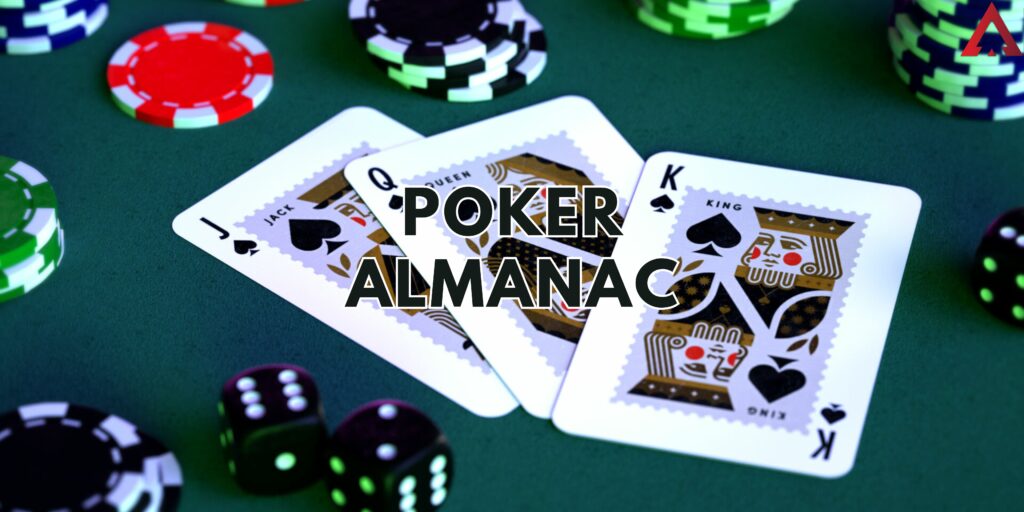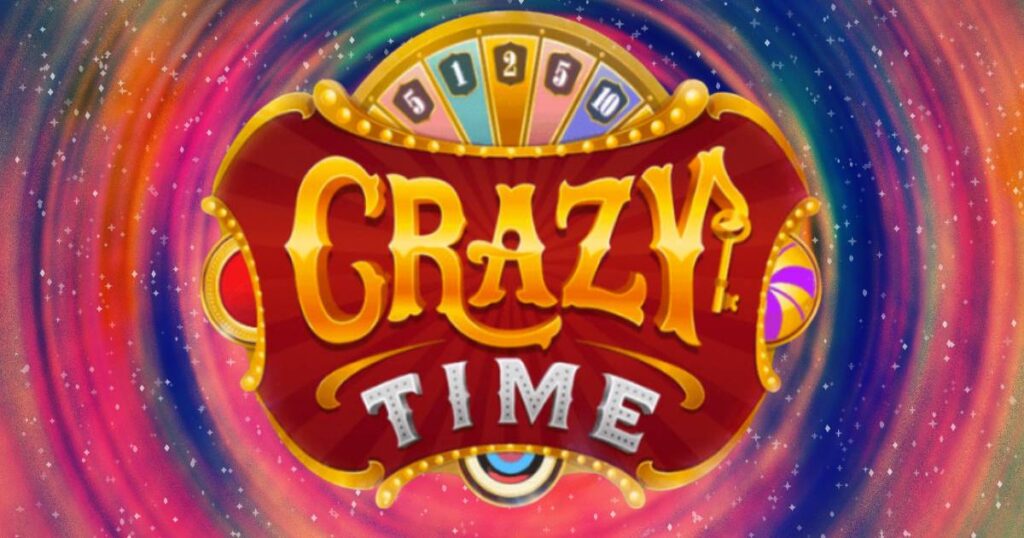Ever wondered why some poker players seem to have a knack for making the right moves, while others rely on sheer luck? Well, my friend, it’s not just about the cards you’re dealt—it’s about mastering the art of navigating time and probability in the world of poker.
Today, we’re going to introduce you to a fascinating concept we like to call “The Poker Almanac.” Think of it as your secret weapon to understanding and using time and probability to your advantage in the game.
Table of Contents
Getting a Grip on Poker Odds and Probabilities
Before we dive headfirst into the mysterious world of “The Poker Almanac,” let’s start with the basics. Poker isn’t just a game of chance; it’s a game of skill, and a big part of that skill is understanding how odds and probabilities work.
Picture this: You’re sitting at the poker table, and you’re facing a decision. Should you call that bet, raise, or fold? The answer lies in understanding three fundamental concepts:
- Pot Odds: These are like your financial advisors in poker. They tell you whether the potential reward (the size of the pot) justifies the cost of your investment (the bet you need to call). If the pot odds are better than the odds of completing your hand, you’re in a good spot.
- Implied Odds: Now, let’s add a little twist. Implied odds take future bets into account. They consider not only the pot but also the bets you can win down the line if you hit your hand. It’s like thinking a few steps ahead in a chess game.
- Outs: Outs are your hidden allies. They’re the cards that can improve your hand. Counting your outs helps you calculate the probability of hitting your desired hand by the end of the game. The more outs you have, the brighter your prospects.
For example, imagine you’re chasing a flush after the flop, and you’ve got nine potential cards that can make it happen. The pot is $100, and your opponent bets $20. By doing some quick calculations, you can decide whether it’s a smart move to call or fold.
Unveiling “The Poker Almanac”
Now, let’s get to the exciting part— “The Poker Almanac.” This isn’t a real book you can pick up at the store; it’s a metaphorical treasure chest of poker wisdom that can transform your game. It’s the ultimate tool to help you peer into the future, anticipate your opponent’s moves, and make decisions that would make even the pros envious.
“The Poker Almanac” is your guide to foreseeing the outcome of a hand by understanding the odds. It’s like having a crystal ball, but instead of seeing your destiny, you see the probabilities that shape the game.

Crafting Your Personal Poker Timeline
Imagine your poker journey as a thrilling novel with multiple chapters. Each hand is a new chapter with its twists and turns. To use “The Poker Almanac” effectively, start by crafting your personal poker timeline.
- Preflop: This is the beginning of your story. Your hole cards are your opening scene, and the decisions you make here set the stage. It’s all about evaluating your starting hand and deciding whether to fold, call, or raise.
- Flop: The plot thickens as the first three community cards hit the table. This is a crucial moment where you reassess your hand’s strength based on the five cards available. If the probabilities are in your favor, you continue the story with confidence.
- Turn: As the fourth community card is revealed, the narrative takes a turn. Now, it’s about reassessing the odds of improving your hand or staying ahead of your opponents.
- River: The final chapter arrives with the fifth and last community card. By this point, you’ve navigated through the probabilities and made calculated decisions. Now, it’s about extracting maximum value or minimizing losses based on your hand’s relative strength.
By visualizing your poker timeline and considering the odds at each stage, you gain a sense of control over the unfolding narrative of the hand.
Predicting Your Opponent’s Moves
But wait, there’s more to “The Poker Almanac” than just helping you make decisions; it can also give you the uncanny ability to predict your opponent’s moves. Poker is as much a game of psychology as it is mathematics, and understanding hand probabilities can provide you with a strategic advantage.
- Psychological Insights: As you become more proficient in calculating probabilities, you can start peering into your opponent’s mind. Are they likely drawing to a flush? Do they have a strong pair? The probabilities can provide insights into their possible actions.
- Bluffing and Timing: Timing is everything in poker, especially when it comes to bluffing. “The Poker Almanac” can assist you in understanding the right moments to bluff or fold based on the odds and your opponent’s behavior. It’s not about guessing; it’s about taking calculated risks.
- Outplaying Your Opponents: Equipped with probability knowledge, you can outplay your opponents. By making well-timed bets and raises, you can push them into making suboptimal decisions, capitalizing on their mistakes.
For instance, picture a scenario where you’ve calculated the odds of completing a flush draw and determined that your opponent is likely drawing to a weaker hand. Armed with this information, you can confidently bet or raise to exploit their vulnerability.
The Mystic Art of Bluffing and Timing
Bluffing in poker is an art, and the timing of your moves can be the difference between success and failure. “The Poker Almanac” helps you master the delicate balance between playing the odds and using well-timed bluffs to your advantage.
- Bluffing with a Purpose: “The Poker Almanac” encourages you to bluff with a clear purpose in mind. Instead of random bluffs, you’ll bluff strategically when the probabilities align in your favor.
- Recognizing Vulnerabilities: By understanding hand probabilities, you can recognize when your opponents are vulnerable. If the odds suggest that their hand is weak, it’s the perfect moment to bluff or apply pressure.
- The Power of Patience: Timing isn’t just about being aggressive; it’s also about being patient. “The Poker Almanac” teaches you to wait for the right moments to strike, maximizing the impact of your bluffs and value bets.
Consider a scenario where you’ve been folding most of your hands but have been tracking the odds and your opponents’ tendencies. When you finally make a move, it’s precisely when the odds favor your hand, giving your bluff credibility and a higher chance of success.
Embracing the Legacy of ‘The Poker Almanac’
As we wrap up our exploration of “The Poker Almanac,” let’s recap the key takeaways and reflect on its impact on your poker game.
“The Poker Almanac” may not be a tangible book, but it represents a shift in your poker mindset. It’s about viewing poker as a dynamic game of probabilities and timing. Here’s what you can carry forward:
- Strategic Thinking: Embrace the idea that every decision you make in poker should be rooted in probabilities and timing. It’s a strategic game that rewards those who understand the numbers.
- Patience and Precision: “The Poker Almanac” teaches you the value of patience and precision. It’s not about playing every hand but rather about playing the right hands at the right time.
- Mind Reading: While you won’t be reading minds, you can gain insights into your opponents’ likely actions by understanding hand probabilities and their psychology.
- Consistency: Consistency in applying probability-based strategies is key to long-term success. Don’t let short-term outcomes sway you from your path.
Incorporate these lessons into your poker journey, and you’ll find yourself making informed decisions, outplaying opponents, and enjoying the thrilling adventure of poker with a newfound sense of control.
Conclusion
In the realm of poker, time and probability serve as your trusty companions. Think of “The Poker Almanac” as your fictional compass, guiding you through the mastery of these vital aspects. As you delve into the depths of hand probabilities, sculpt your poker chronology, anticipate your adversaries’ maneuvers, and finesse the craft of timing, you’ll ascend to new echelons of poker prowess.
Poker transcends mere card play; it’s an intricate dance involving mathematics, psychology, and strategy. Embrace the philosophy of “The Poker Almanac,” and you’ll soon discover yourself making well-informed decisions, consistently outmaneuvering your rivals, and relishing the exhilarating odyssey of poker with newfound self-assurance.
While you embark on your poker expedition, remember that “The Poker Almanac” symbolizes your ever-evolving wisdom and competence. Consider it your key to triumph in a realm where the passage of time and the sway of probabilities reign supreme.








